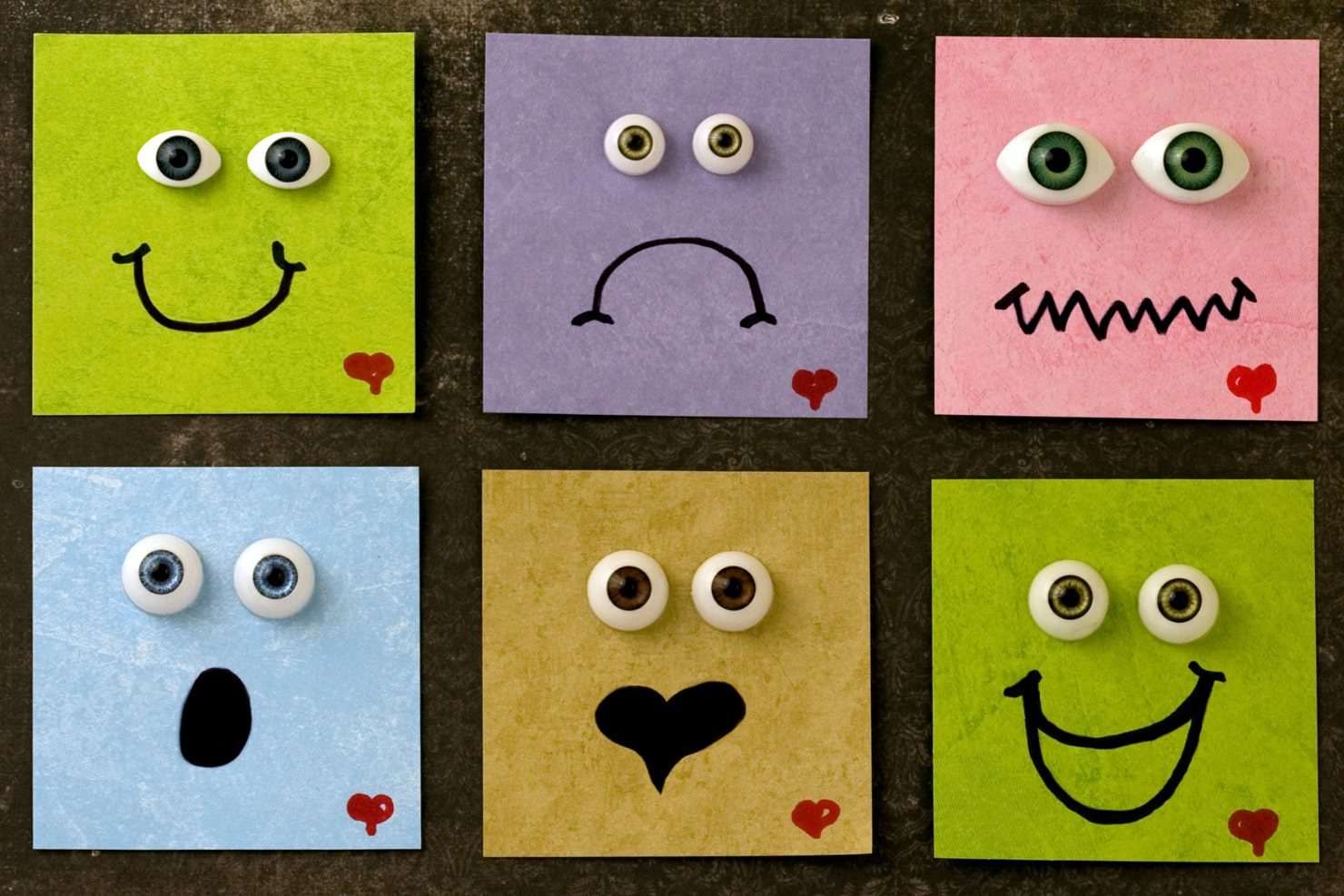 Every week in my work as a clinical psychologist I speak with parents and teachers of children of all ages. Lately, I have been fielding a lot of questions about how parents and educators can help children learn to regulate their emotions. Learning to manage challenging emotions is a cornerstone of psychological well-being, and there are several ways that we can support children in this endeavor.
Every week in my work as a clinical psychologist I speak with parents and teachers of children of all ages. Lately, I have been fielding a lot of questions about how parents and educators can help children learn to regulate their emotions. Learning to manage challenging emotions is a cornerstone of psychological well-being, and there are several ways that we can support children in this endeavor.
We know from research that emotional literacy – developing the ability to identify our feelings and communicate them to others – is key to psychological well-being. Keep in mind that many people are working on this goal in one way or another throughout much of their lives. Indeed, identifying feelings and talking about them continues to be a work in progress for many adults.
Over time, we want children to achieve various goals related to feelings, including helping them to recognize and label their own feelings and learning to do the same with other people’s feelings. To increase emotional literacy, we can encourage conversations about feelings and use a rich feelings vocabulary so that children have access to many words to describe different emotions. One low-key and effective way to achieve this goal is to have these conversations in the third person: talk about the feelings of characters in books, on shows, or in movies. As an extension, ask children to discuss or write about how they would feel in a similar situation. For example, “How would you have felt if you had to live in a room under the stairs like Harry Potter?”
Modeling is another very effective tool. Talk through your own feelings – describe both your emotion and the strategies that you use to help yourself feel better. You want to normalize talking about emotions and coping. For example, “Yikes, it scared me when the fire alarm went off. I’m going to take some slow deep breaths to help myself calm down.”
In addition to helping children build self-awareness and develop emotional literacy skills, we can also help children learn adaptive tools to help them manage moments when they feel overwhelmed by powerful feelings of frustration, anger, sadness, or worry. Ideally, we want children to develop a toolbox of adaptive coping strategies to help themselves calm down and feel better. A wonderful way to do this is to use a quiet moment to brainstorm with children and develop a list of strategies. Creating a written list, or perhaps a collage of pictures for younger children, helps promote problem-solving and independence. Children can look at a menu of options and make the best choice in that moment.
What might these strategies look like? Often children need to begin by using strategies to help them safely discharge excess physical energy, such as throwing something safe like a nerf ball, squeezing a stuffie or beanbag, pounding clay or Play-Doh, or jumping in a jumping square (use masking tape to mark off a square in a corner of your home or classroom). In addition to listing strategies for discharging energy, help children brainstorm self-soothing strategies that might include options such as listening to an audiobook or favorite playlist, coloring or working on a craft, building with Legos, talking with a caring adult, taking a bath or shower, or playing with a pet.
When children are struggling with challenging emotions such as sadness, frustration, anger, or loneliness, it is helpful for us to use messages that promote resilience. Specifically, remind children that they have the skills and support to tolerate these moments: “This is hard, and you’re a kid who can do hard things.” In addition, we can present a message of hope and optimism so that we support the notion that, while this moment feels difficult, eventually things will feel better: “Right now you’re so sad and frustrated. I remember that time you made a choice to help yourself feel better. Why don’t you look at your list of strategies and pick one to try.”
Keep in mind that learning to regulate emotions is an ongoing work in progress. You don’t need to promote all of these strategies every time a child is upset. I’m hopeful that this framework will help us keep in mind some long-term goals for social and emotional learning. That way, when faced with a child who is struggling to manage challenging emotions, we can pause, take a breath, think about the big picture, and make a plan about how to respond.



